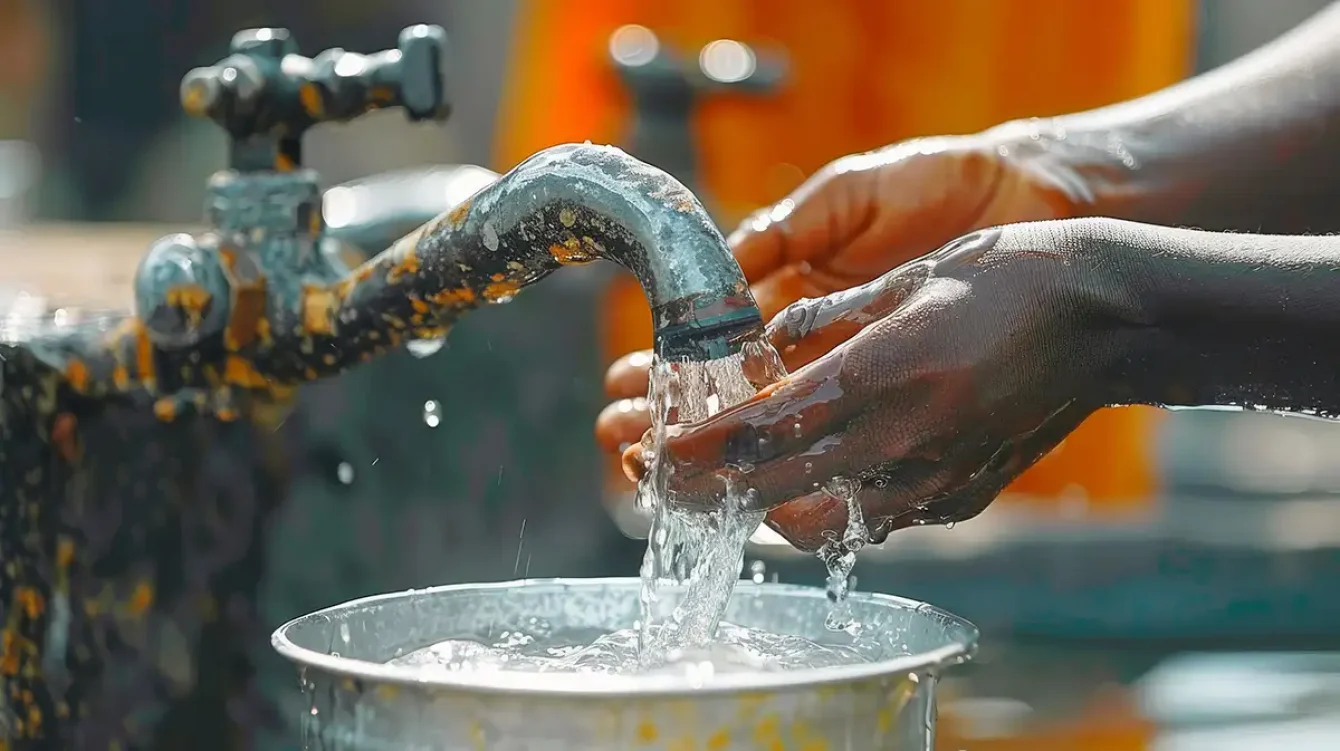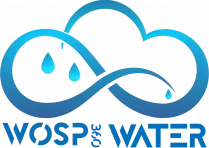Sustainable Living and Climate Impact
How Energy Choices Affect Water Quality

Water Quality
Switching to renewable energy sources like solar and wind energy is critical to fighting climate change. But our energy choices also significantly impact water use, which is already under pressure because of global warming.
A Congressional report shows that the energy sector is now the fastest-growing water user in the U.S., with water consumption expected to increase by 50% between 2005 and 2030. This close connection between water and energy is called the ”water-energy nexus,” where one affects the other, creating a loop that can put pressure on both systems.
How Climate Change Impacts Water Quality
Climate change makes water resources unpredictable, leading to extreme weather like droughts and floods. These events directly affect both water availability and quality.
Drought
Places like the American Southwest have been in drought since 2000, and some experts warn of a possible ”megadrought.” Record-setting heat in 2023 and 2024 worsened the situation, causing water levels in rivers and reservoirs to drop sharply. These concentrated pollutants are in the shrinking water supply, making it harder to treat and purify.
Storms and Flooding
On the other hand, stronger storms caused by climate change have led to heavy rainfall and flooding. In 2023, the U.S. experienced 28 climate disasters that caused billions of dollars in damages and claimed the lives of 40,000 people, over 300,000 livestock, and tens of thousands of wild animals. Floodwaters often bring chemicals, heavy metals, and harmful pathogens into the water supply, making the water unsafe.
Shifting Between Extremes
Some places experience both droughts and floods. Chicago, for example, deals with both, which makes managing water resources more difficult. In California, wildfires caused by extreme drought lead to soil erosion, which then causes mudslides when heavy rains come. These mudslides further contaminate water supplies with debris and pollutants.
How Energy Choices Affect Water Use
Traditional Energy Uses a Lot of Water
Conventional energy production—especially from fossil fuels and nuclear power—requires a lot of water, mainly for cooling. In 2021, the global energy sector used around 370 billion cubic meters of freshwater, which made up about 10% of global freshwater withdrawals. By 2030, water use in energy production is expected to rise even more, putting even more pressure on water supplies.
In the U.S., about 45.3% of all water withdrawals are used for fossil fuel and nuclear power generation. As water becomes scarcer because of climate change, producing energy becomes harder, leading to energy shortages.
Water Treatment Requires Energy
Like those for drinking water and wastewater treatment, water systems need a lot of energy. Extracting, purifying, and distributing water all take significant amounts of electricity. In the U.S., these systems use about 2% of the country’s total energy annually. As water supplies dwindle, more energy will be needed to treat and deliver water, adding more strain on the water and energy systems.
Data and AI Supercomputer Hubs Use Water
Big data centres and AI supercomputer hubs also use a lot of water—up to 100,000 litres per day—for cooling. The heated water is usually returned to natural waterways or treated sewage systems, but only if the systems can handle it.
How to Protect Water and Fight Climate Change
Renewable Energy Helps Reduce Water Use
Renewable energy sources like solar, wind, and hydropower use far less water than fossil fuels or nuclear energy. Solar panels and wind turbines don’t need water, and hydropower can be managed to reduce water use. Switching to renewables not only cuts carbon emissions but also helps save freshwater. A report from McKinsey found that companies that switched to renewable energy cut their water use by nearly 60%.
Increasing Water Efficiency
Along with adopting renewable energy, improving how efficiently we use water can help save energy and protect water resources. Steps to conserve water at home, in industries, and through utilities include:
Public Education: Utilities and governments can collaborate to teach people water-saving tips, such as using efficient appliances or collecting rainwater.
– Efficient Products: Using WaterSense and ENERGY STAR-certified products helps homes reduce water and energy use.
– Conservation Programs: Utilities can offer rebates for installing water-saving devices, like rainwater collection systems.
– Water-Efficient Power Plants: Utilities could supply recycled water to power plants or promote cooling systems that use less water, like dry cooling.
– Support for Renewable Energy: Governments, businesses, and utilities can continue promoting the transition to renewable energy to reduce water use in the energy sector.
Looking Ahead
As climate change continues to shape our world, the link between energy and water is becoming more critical than ever. By moving to renewable energy and adopting water conservation practices, we can break the cycle of rising demand for both water and energy. Through public education, policy changes, and technological innovations, we can build systems that protect water supplies and ensure energy security for the future.
